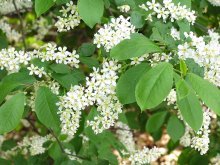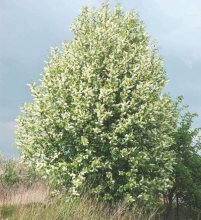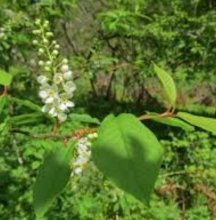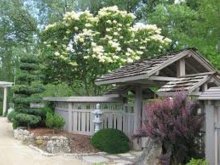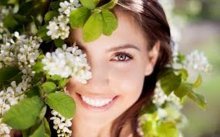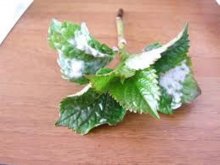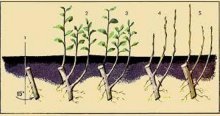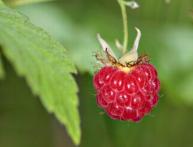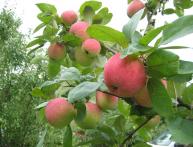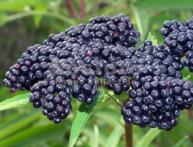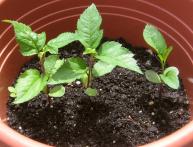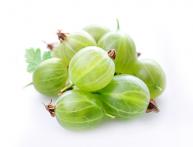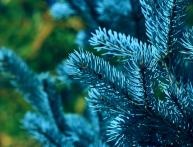Bird cherry - description and photo, popular varieties, care features
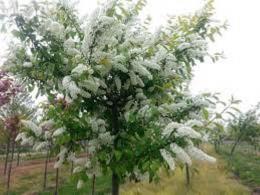
Ordinary bird cherry - this is a tree that is popularly known as the “beautiful bride”. It got its name for a reason. Every year with the arrival of spring, the plant is covered with amazing and fragrant white flowers, which resemble the bride’s snow-white wedding robe.
Content:
- Description of bird cherry and its photo
- Types and popular varieties of bird cherry
- Bird cherry tree - planting and care
- How to propagate bird cherry
- Tree diseases and pests
- Benefits of bird cherry fruit
Description of bird cherry and its photo
As you know, among animals the wolf is considered the orderly of the forest, but among plants, bird cherry occupies this place of honor. Certain parts of the tree are used with great success in folk medicine.
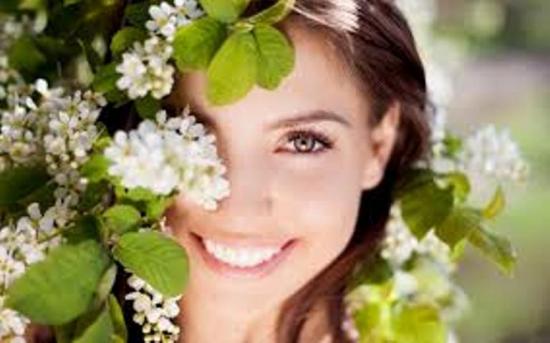
The berries and foliage of the plant have a fairly strong aroma, which is endowed with phytoncidal qualities. It helps destroy various harmful insects and microorganisms that cause disease.
Bird cherry can be classified as both trees and large shrubs. Its average height is about 7 meters. But there are trees reaching 17 - 18 meters. The trunk of the plant is often curved and has the shape of an arc directed towards the ground. The trunk diameter is not large and reaches a maximum of half a meter. The stem bark is dark brown, slightly cracked, and has red and burgundy spots.
The color of bird cherry foliage depends on its age.
Young ones have a lighter, fresher green hue, while old ones have a faded green hue. The shape resembles an egg, only slightly larger, from 5 to 25 cm in length, with a width of at least 6 cm.
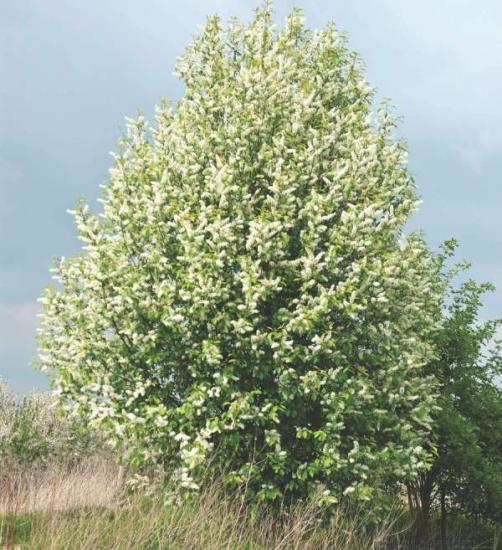
The beginning of flowering of the plant can be observed towards the end of May. Depending on the variety, the color of the flowers can range from pure white to pink or even red.
Wood with its diffuse-vascular structure is quite often used to produce handicrafts necessary for everyday life. Things of this kind are in demand and have a certain value, since the wood from which they are made is famous for its special viscosity and elasticity.
Of particular interest to humans are fruit plants whose ripening occurs around the end of August - mid-September. Collected, properly dried, and then crushed fruits are used in the process of baking pies or pies, and are also added to yeast dough for baking baked goods.
Berries are also an indispensable component when cooking jelly and compotes. They make excellent homemade tinctures, wines, and liqueurs. Also, their use is often mentioned in traditional medicine recipes.
Fruit Bird cherry trees are round in shape and have a fleshy structure. In color, they are mostly black, but depending on the variety they can be red. Their diameter is approximately 1 cm. The taste of the fruits is quite sweet and astringent, but they have a slightly noticeable bitter tint.
Types and popular varieties of bird cherry
There are approximately 20 species in nature bird cherry. However, in our territorial zone there are only four.
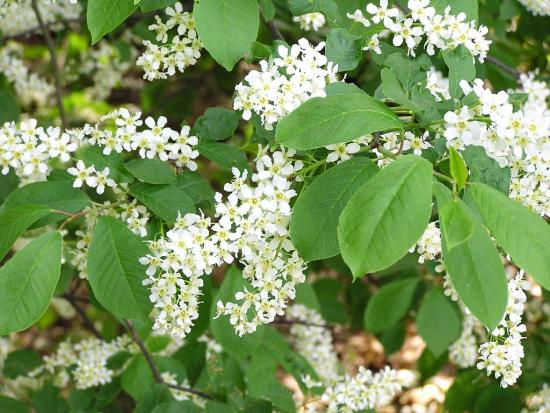
The most common of them is the common bird cherry, which is also called carpal or bird cherry.
It gained such popularity due to its high degree of frost resistance, ease of care, rapid growth and rich harvest.
Thanks to breeders, the Tenderness variety appeared, which is in special demand among almost all gardeners due to the special taste of the fruit. A distinctive feature of the plant is its bright red flowers, which are relatively small in size, bloom which occurs in united brushes of a fairly large size.
The height of Tenderness hardly reaches 4 meters. The crown diameter is about 4 meters. The crown has the shape of a pyramid. The branches are located unusually, for this type of plant, densely. The aroma that appears during flowering is surprisingly pleasant.
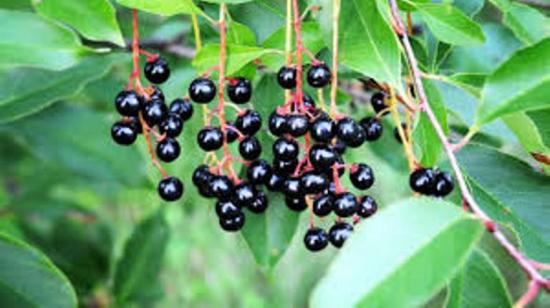
Tenderness fruits are medium in size, but very sweet. Representatives of this variety require well-moistened soil. It is advisable to plant them in shaded areas.
Ideal for decorating your backyard. Quite often used to create landscape design.
In addition to varieties planted to obtain an edible crop, breeders have developed decorative varieties that are usually used exclusively for decorating a personal plot.
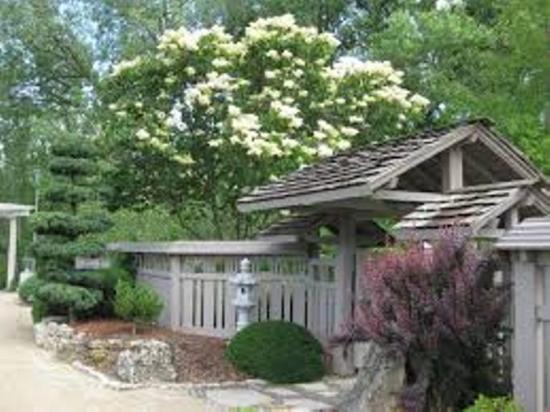
Bird cherry tree - planting and care
Growing ordinary bird cherry on your own plot is not at all difficult. It is enough to familiarize yourself with some rules of planting and growing.
Planting of this variety must be organized in a place with sufficient sunlight and space in which the plant could develop unhindered.
To obtain a rich and tasty harvest, experienced gardeners advise planting several different varieties of this crop. Their flowering should occur at approximately the same period. This will provide the seedlings with cross pollination.
It is also worth noting that when planting several seedlings, the distance between them must be at least 5 meters.
It will be better if the soil for planting has a neutral or slightly acidic pH. Soil moisture should be moderate.
The size of the planting hole should not be much larger than the size of the rhizome itself. Regarding the application of fertilizers of mineral and organic origin, there should be a minimum of them. When adding more fertilizers, the condition of the stem cortex can deteriorate sharply.
Planting and care naturally imply timely, high-quality and proper watering. When planting, the seedling is well watered. Further watering should occur during the growing season, no more than three times during the entire period. Increase quantity watering only possible in case of drought.
Mulching
The trunk circle must be closed mulch from peat or sawdust.
Planting is done either in spring or autumn. Bird cherry does not need special care. But, do not forget about timely seasonal weeding of the soil around the seedling.
This sanitary measure is mainly aimed at removing periodically appearing weeds. At the same time, weeding will help loosen the soil and thereby ensure access of oxygen to it.
Feeding
All gardeners know that the earth tends to periodically become depleted.Therefore, it is necessary to timely feed the latter. Fertilizers organic and mineral origin can be added both when digging and when watering.
For fertilizing, you can use ready-made mixtures specially designed for these purposes. It is better to purchase fertilizer for fruit and berry plants in a specialized store.
Removing rhizome suckers
When growing, do not forget about the fight against thickening. This procedure is carried out in the summer. It consists of removing the emerging shoots of the rhizome from time to time. The number of cuts will depend entirely on the growth rate shoots.
Trimming
It will also require periodic trimmings. The first is done immediately after planting in the ground to form the correct crown. In the first year of pruning, the lower, that is, the first tier of the plant will be formed. Over the next years, by trimming skeletal branches, the entire crown will be formed.
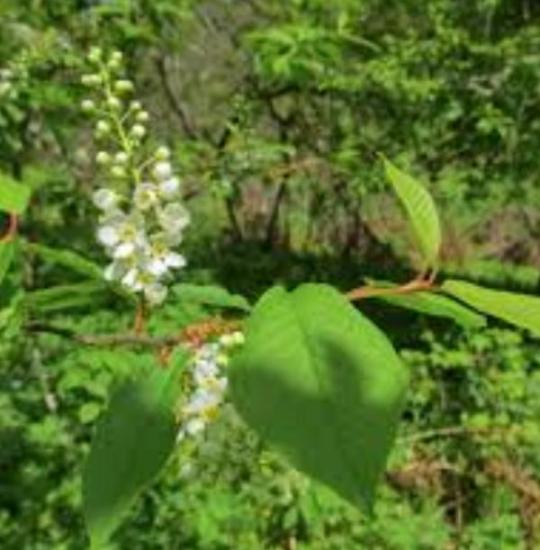
Every year with the onset of autumn it is necessary to carry out sanitary pruning. This procedure is aimed at removing branches with the presence of various pathogenic formations, dried out for some reason or broken.
How to propagate bird cherry
Bird cherry is a plant that reproduces without any problems. Therefore, gardeners, if desired, can obtain young seedlings for sale or to increase the number of plants on their site. Reproduction can be done in several ways.
Root
It is produced exclusively in the spring by separating shoots and planting the separated material in their new place of growth.
Cuttings
After the shoots have completely finished growing, they are cut off. Received cuttings, in length, should not exceed 15 cm. The foliage on them is torn off, leaving only the top couple. Then they are placed in water for a day. After the time has passed, they are ready for planting. Planting is done in nutrient soil under a film.
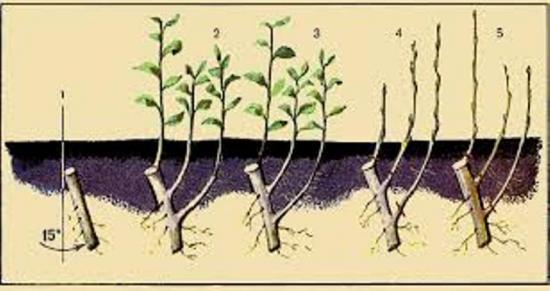
Layerings
This method is applicable only in spring. The shoots that have grown from the root are dropped into previously prepared and correctly located holes. Until the end of spring and all summer, the shoots are weeded and periodically fertilized. In the fall, they can already be cut off from the root.
Those shoots whose root system turned out to be stronger and more developed are ready for transplantation to a permanent place of growth.
You can grow ordinary bird cherry using seeds. But it’s worth noting right away that this option will take a lot of time. This is the only reason why it is considered the most troublesome.
Tree diseases and pests
This type of fruit and berry plants has a fairly high immunity to diseases of various kinds, including pests. But, it will not be superfluous to familiarize yourself with those that can appear and harm both the tree itself and its fruits.
Powdery mildew
This disease of fungal origin is known to all gardeners. It is expressed in the formation of a whitish color on the surface of the leaves. The most correct way to combat it is to collect and destroy all fallen and damaged leaves.
It would also be a good idea to spray the diseased tree. Bordeaux mixture. Spraying must be done several times.

Red spot
It appears exclusively on the leaves, as red spots of various shapes and sizes. Without timely elimination, it can lead to the early fall of all leaves, which will have a very detrimental effect on the condition of the entire tree as a whole.
Treatment is carried out by analogy with the fight against powdery mildew.
Regarding pests that interfere with the active growth and fruiting of a tree, these are mainly insects that feed on tree sap, actively eat the foliage, a large variety of mites and bark beetles.
To exterminate them, you will need to treat them with karbofos, which must be done at least twice. In cases where insect damage to a tree is quite severe, treatment can be carried out more times.
It is better to treat young seedlings both as treatment and as prevention with tobacco infusion or soap solution.
Benefits of bird cherry fruit
Modern medicine recognizes fully ripened berries as raw materials for the creation of medicines aimed at treating various disorders of the gastrointestinal tract.
The main value of the berries is the tannins they contain and the cyanogenic glycoside amygdalin, which in a certain concentration actively fights tumors.
Traditional medicine also actively uses the fruits to treat the stomach and eliminate diarrhea. But, besides this, you can find recipes to combat other diseases and using not only berries, but also other parts of the common bird cherry that are no less useful for the human body.
You can learn more about bird cherry and its beneficial properties by viewing the following:

